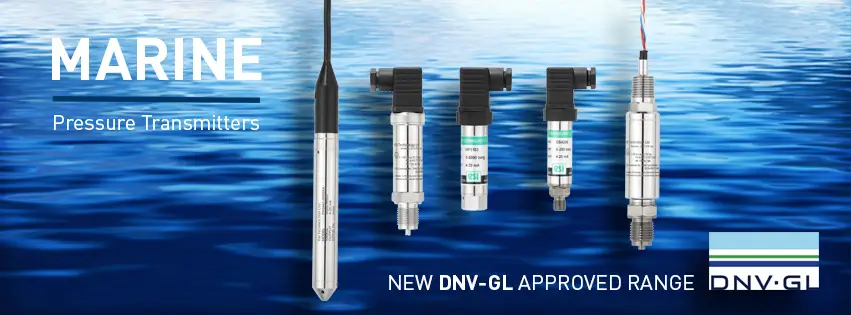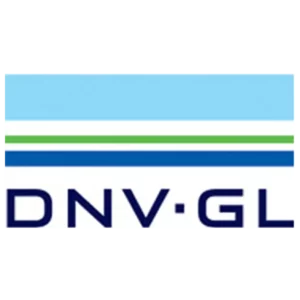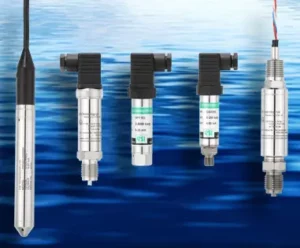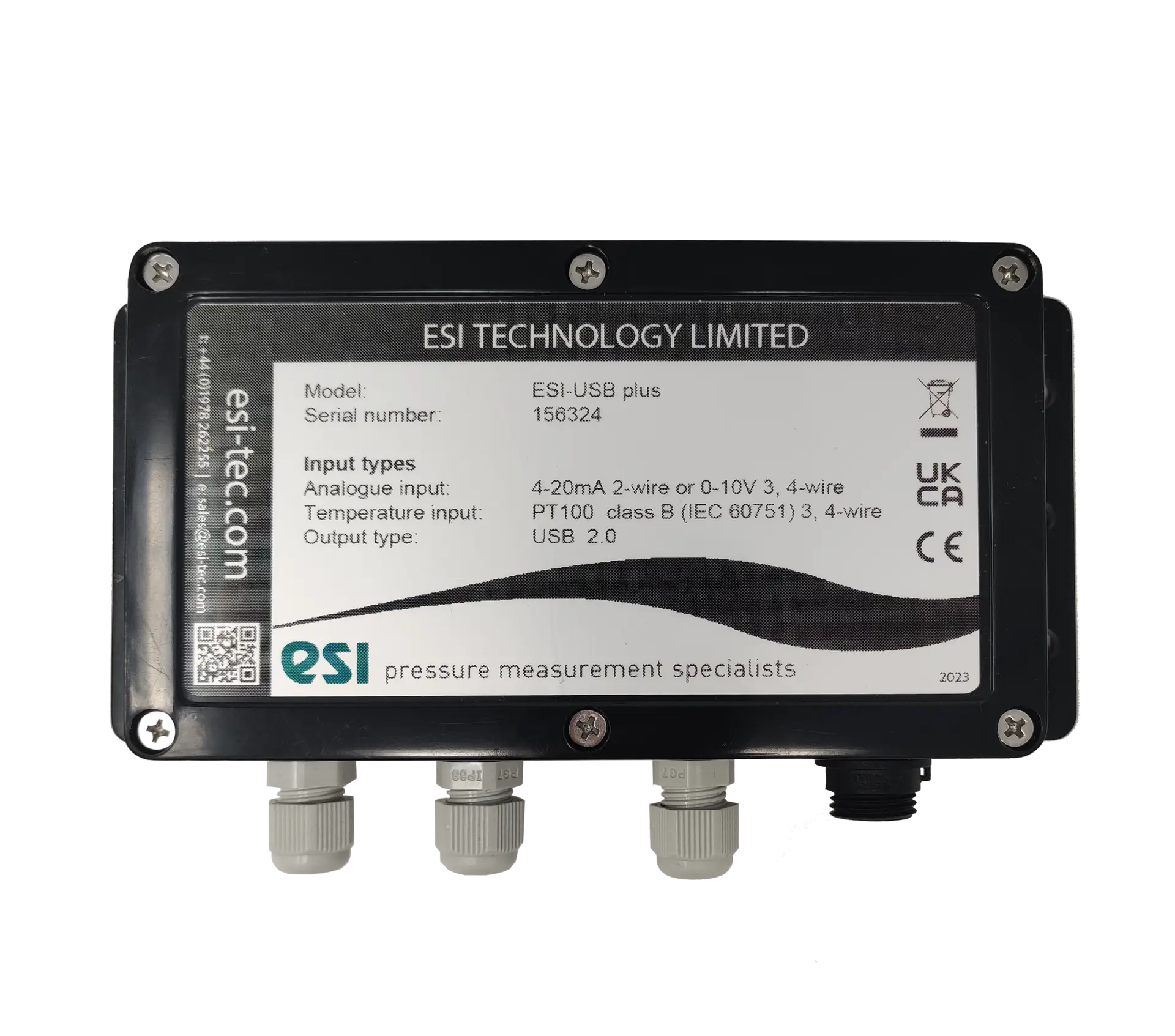Our Unit Converter
The ESI Unit converter allows you to quickly and easily access a conversion tool to work out your preferred unit of pressure measurement wherever you may be. Whether out on-site or in the office.
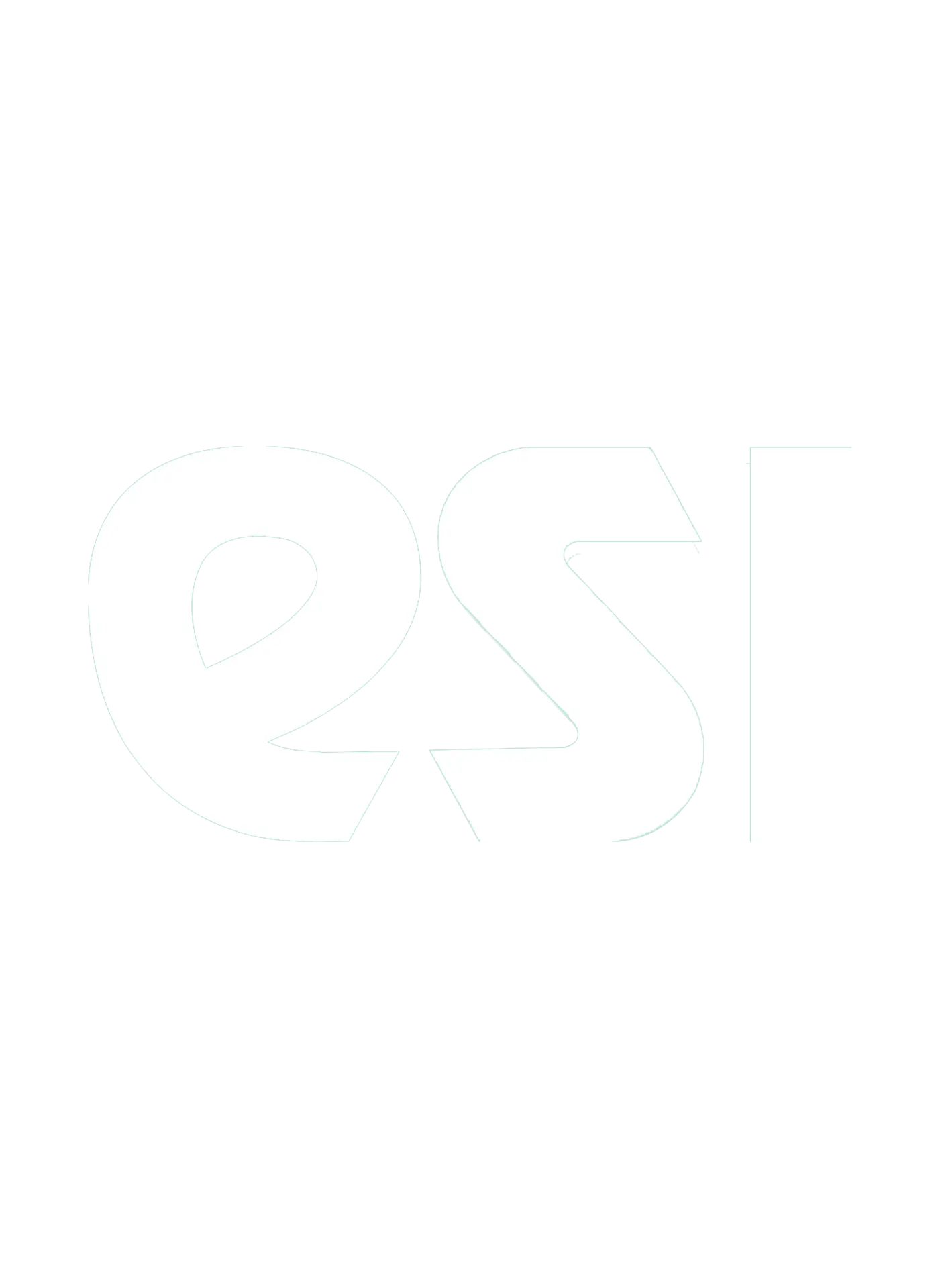
Download the ESI-USB© Software
The ESI-USB© software allows you to connect your ESI transducer to your laptop or PC and be up and running monitoring pressure data within ten minutes. The software auto-updates and is compatible with Windows 8, 10 & 11.
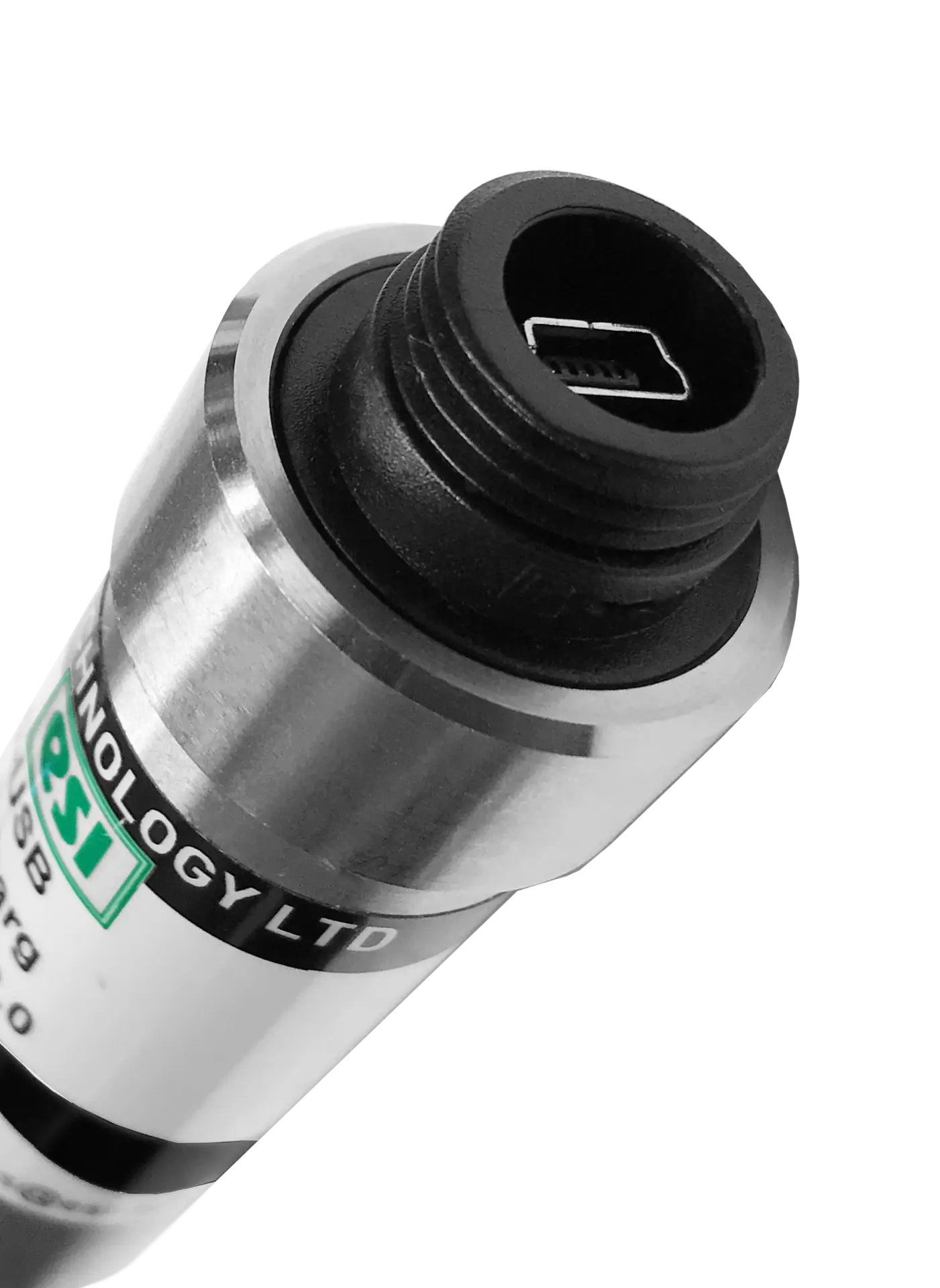

DNV GL Approved Marine Pressure Transmitters
ESI Technology Ltd has been awarded Marine Type Approval from DNV GL for a range of pressure transmitters https://esi-tec.com/wp-content/uploads/2023/07/dnv-gl.pdf
DNVGL (Det Norske Veritas Germanscher Lloyd) is the industry leader in Marine Accreditation and is accepted as suitable in even the most remote areas of the globe. Headquartered in Høvik, Norway, it was created in 2013 as a result of a merger between two leading organisations in the field – Det Norske Veritas (Norway) and Germanischer Lloyd (Germany). In addition to providing technical assessment, certification, risk management and software development, DNV GL also invests heavily in research.
Due to changing regulations in the shipping and the marine industry, it is becoming increasingly important that the components and equipment used are tested and certified as suitable for use in harsh marine environments. ESI Technology have recognized the demand, and submitted a range of products from vacuum to 5000 bar, which cover most eventualities in the Marine workspace. DNV GL approval confirms that ESI Technology pressure sensors are compliant to their manufacturing rules, and have demonstrated that they are fit for purpose and meet the required environment and performance criteria during the approval process. A rigorous testing schedule is involved during the approval process to prove the how durable and rugged the products are.
DNV GL approved pressure sensors offer distinct advantages and applications for ships, barges, offshore oil platforms and desalination. Having equipment that has been certified can reduce the risk of major incidents and can give piece of mind that failures will not be down to poor design of the equipment. It can be a requirement from Insurance companies and even some areas may restrict movement of vessels that do not have appropriate certification.
There are various levels of marine approval ranging from the very basic for use in cabins and locker spaces, through engine room and bilges, to on deck and even up mast mountings. These are classified by DNVGL as location classes and it is important that the equipment used is suitable and certified for use in each location, in relation to temperature, humidity, vibration, EMC, and enclosure. The location classes are defined on the equipment certificate, but further guidance can be found from DNVGL. ESI have aimed for the highest level in each class so that the products can be used in the most diverse range of applications on-board.
Meet the Marine Range
The range includes pressure transmitters for use on shipping systems such as marine engines, cargo storage tanks, fuel gauging, fresh water storage, wastewater management, and heating, cooling and ballast tank control. For oil, LNG and LPG tanker applications there are also ATEX and IECEx approved intrinsically safe options available. For liquid level measurement there are submersible options.
Of course, SOS (Silicon-on-sapphire) sensor technology features heavily in the range. With high accuracy, virtually no hysteresis and unbeatable stability, the sensor is perfect for tough environments which require optimal performance. The GS4200, HP1000 and PR3900 cover pressure ranges from vacuum up to 5000 bar, with titanium or stainless steel options and rugged housing.
The PR3110 is ideal for low pressure measurement from 100mbar and the PR3441 is a submersible transmitter available from 1mWG.
Check out the product datasheets for more information by visiting the ESI website www.esi-tec.com or contact sales [email protected]
